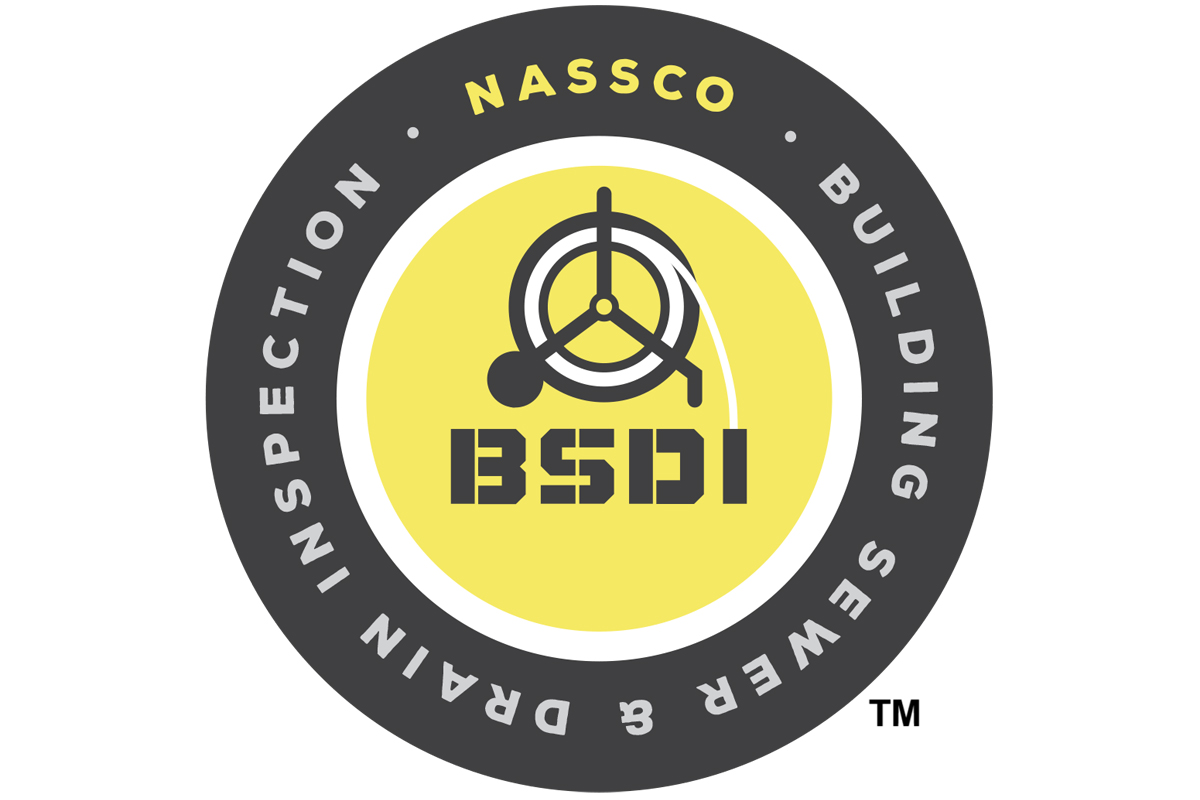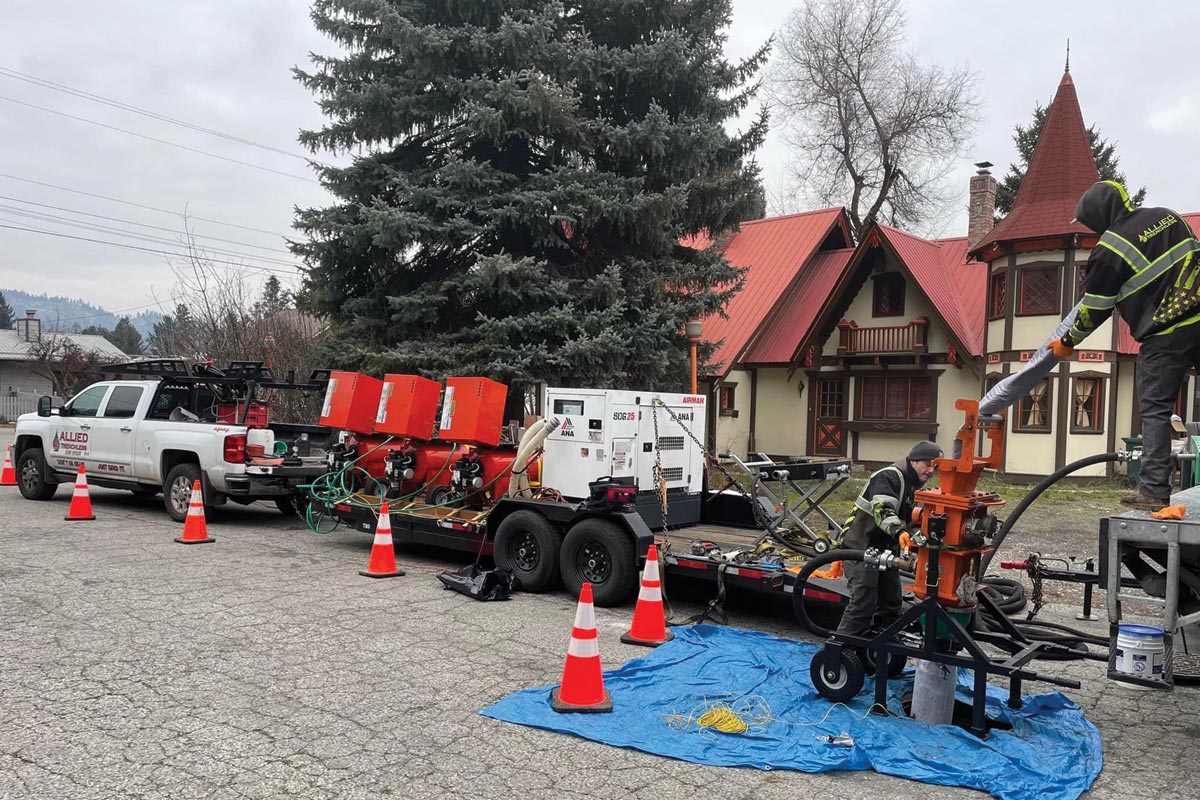
Manhole Inspections Offer Owners Clearer Picture of What’s Going On with Their Systems
Manholes are more than the cool covers that are shared across social media. When it comes to locating and identifying spots of inflow and infiltration (I&I) within a sewer system, the manholes are a critical part of the process and cannot be overlooked.
Manholes serve as the basic building blocks of a sanitary sewer collection system, linking the various pipes of a system together. Simply put, manholes — of which there are an estimated 20 million-plus dotting the infrastructure landscape across the United States — are the windows into what is happening below the surface. And extracting that much-needed data from the manholes provides owners a more accurate assessment of their underground infrastructure.
In talking with a few manhole industry experts, it’s clear that more and more municipalities and system owners are prioritizing manhole inspections as a crucial part their rehab and maintenance programs and are embracing the advanced technologies available to gather the information.
“Manhole inspections have become more of a priority in the past few years as system owners realize that getting as much information on the manholes helps in the overall [operations and maintenance (O&M)] program,” says RedZone Robotics vice president of business development Sam Cancilla. “This includes the basics of using GPS in locating manholes to conducting a full inspection including MACP Level 1 and Level 2. Manhole inspection is becoming more and more a part of an inspection program and you can see the influx of new manhole inspection technologies as the market continues to grow.”
And its that critical data that provides system owners with a more complete picture of what is going on with I&I in their systems. “Often, a manhole inspection discovers more sources of I&I than are revealed by inspection of sewer pipelines, so there is an urgent need to understand the condition of these assets,” says Envirosight marketing specialist Ryan Negrini. “Where lack of efficient tools once made manhole inspections slow and overwhelming, technology has evolved to collect more data with simpler equipment but it’s helped teams conduct manhole inspections more efficiently.”
There is a plethora of manhole inspection technologies available for cities to use, including RedZone Robotics’ multi-sensor inspection system, which includes Vertue 3D, a 360-view high-resolution manhole and chamber inspection device capable of going extremely deep. Envirosight’s latest manhole inspection innovation is its Quickview 360, a pole camera made specifically for manhole inspection that requires a single operator to complete a scan. CUES offers its SPiDER, a scanner capable of providing manhole rehab analysis. And there are so many more tools available for today’s manhole inspections that combine ease of use, top-notch software and data analysis.
All about the Manhole Data
What kind of information is being gleaned from these inspections? The point of using manhole inspections is to accrue more data so that the best rehab and maintenance decisions can be made. The data collected can vary, depending on the level of inspection being conducted and equipment being used. Data can include visual data, as well as geometric data. “This can include from a most basic ‘thumbs up and thumbs down’ type of inspection to a MACP Level 1 or 2 for more detailed information, to use of new high resolution 360 cameras and scanning type of equipment capable of taking measurements and created 3D models,” says Cancilla.
“These inspections yield essential condition data that can be processed and ingested by asset management software to help identify rehab priorities.” Negrini explains. “The more robust and recent the data on a manhole, the more accurately teams can estimate the costs, resources and timeline needed for repair.”
The last five years has seen the technology evolve from video only to video with 3D models. “3D models were introduced in 2009 — called point clouds — but they have increased in accuracy and density to allow users to look at a manhole in 3D and compare it pre- and post-rehab,” says CUES director-manhole inspection division Pierre Mikhail.
Artificial intelligence (AI) technology is becoming more incorporated in today’s manhole inspection equipment, primarily identifying pipe defects. “AI contributes to a variety of inspection tasks and streamlines workflows in key areas,” Negrini says. “For example, I can automatically code defects which improves productivity and accuracy, and which allows for the completion of manhole inspections by less experienced operators.
“In many cases, AI can help carry data over the finish line so it can support the rehab planning process,” he adds.
Cancilla sees AI technology being utilized identifying pipe defects vs. doing actual manhole inspections right but says it’s coming to manhole market soon. “AI technology has increased in the sewer market, but primarily contained into the pipeline defect identification side, more than the manhole inspection side,” he says. “As AI continues to evolve, it will most likely become more commonplace in the manhole market, but even the best AI for pipelines still requires human QA/QC, as it’s not 100 percent.”
Mikhail notes that it has been a challenge getting owners to on board with the AI technology, citing the cost structure to use it. as one of the reasons. “AI has been difficult for the market to embrace because it is offered as a service paid monthly or annually,” he says. “Clients are used to owning the technology and [paying] for it only once”
Manhole Inspection Challenges
Challenges are a part of any construction project. For manholes, the labor force remains at the top of the list. Other challenges that manhole inspections present include manhole access, depth of the manhole, size and configuration, any inflow including connections or I&I and other obstructing equipment such as flow meters and sensors, notes Cancilla.
“Early on, manhole inspections were both inconvenient and cumbersome, commonly relying on a costly, cumbersome, truck-mounted equipment,” says Negrini. “Today, manhole inspection technology is moving away from the truck, becoming more affordable than ever and it can be easily be handled by a single operator, saving time and money. Furthermore, using AI to cut down on inspection coding and reporting time creates an opportunity to overcome many of the data processing challenges without disrupting workflows or imposing restrictions.”
Sharon M. Bueno is the editor of Trenchless Technology.




